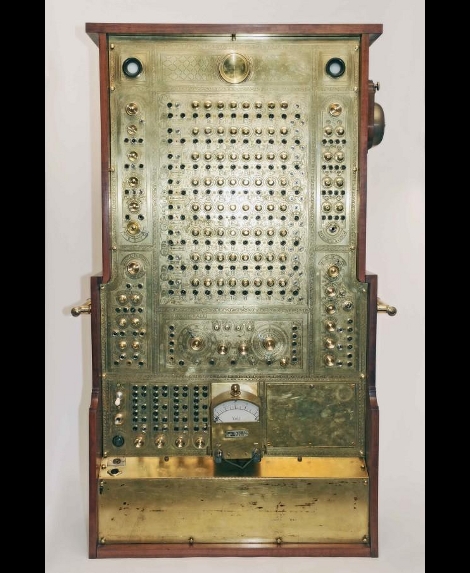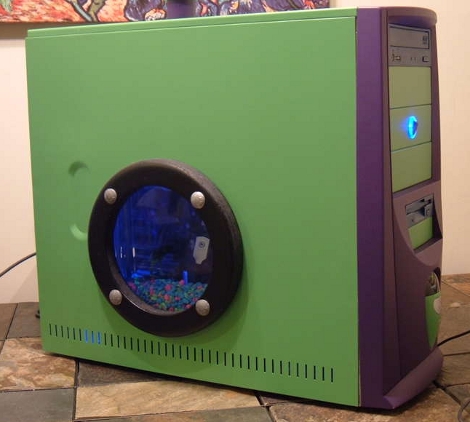
SparkFun’s BatchPCB has been a well-known service to get your PCBs fabbed, and now it is sporting a new feature. It has just come out of its downtime chrysalis with the ability to pay you for making your designs. If you have designed a PCB and want people to pay you to use it, BatchPCB will now do that for you. [Patrick] says “We want engineers to benefit from the low-cost production for prototypes and have the ability to sell their work, conveniently.” There are a few caveats. First of all, each seller must be a resident of the United States and send BatchPCB a W-9. Secondly, PCBs are only warranted against manufacturing defects, so buyers should make sure the PCB they are buying is a working design. Finally, the sellers must only be selling designs of their own or with proper permission. We are big fans of free, open-source designs, but we can see how this would help an engineer recover some of their costs to develop a board and might lead to some interesting brokering of designs. What do you think of this new service?
















